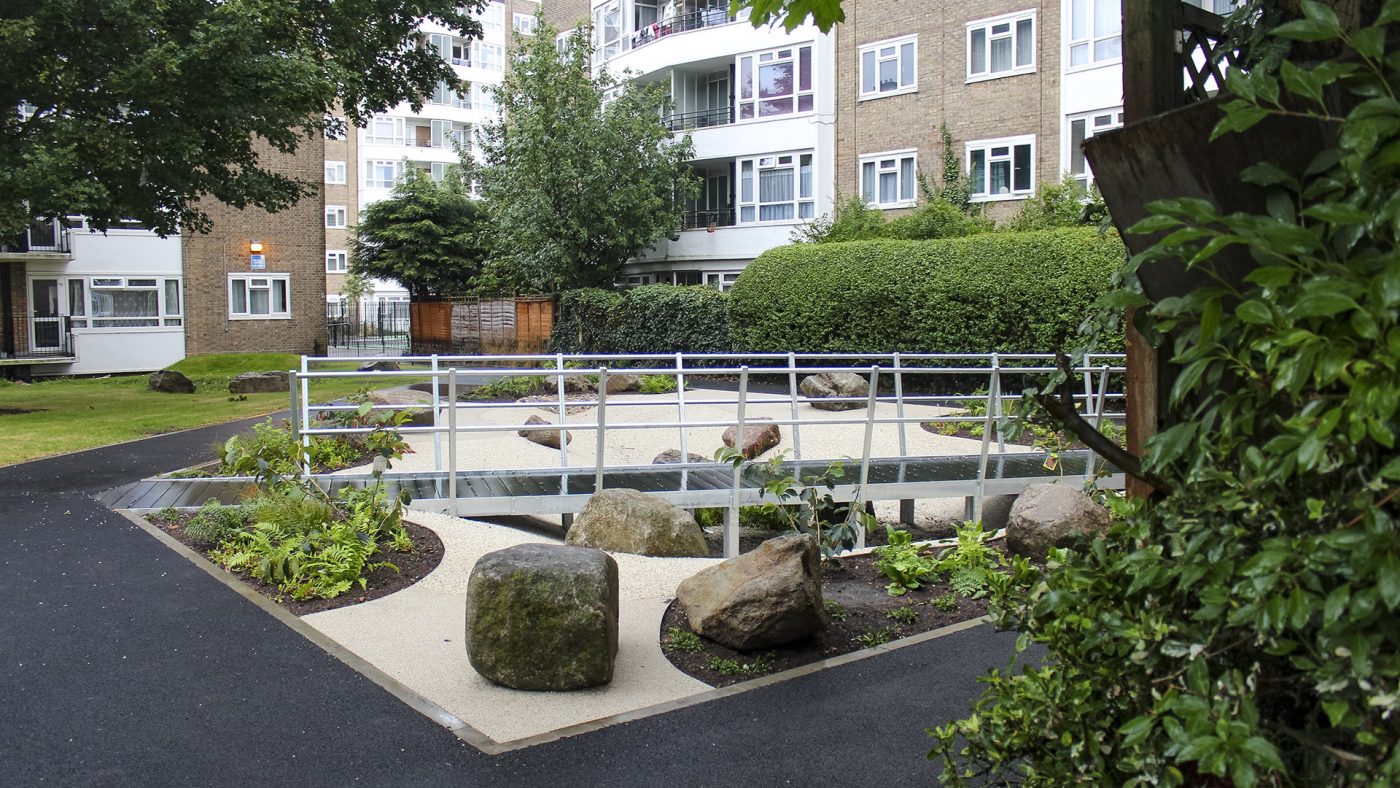
ROLE: Concept to Completion
LOCATIONS: Three social housing estates in Hammersmith & Fulham: Queen Caroline Estate, Cheeseman’s Terrace & Cyril Thatcher, Richard Knight & Eric Macdonald Houses.
CLIENT: London Borough of Hammersmith & Fulham
CAPITAL COST: £460,000
COMPLETION DATE: March 2016
Background & Objectives:
The aim of the project was to create a better environment for residents and make the housing estates more resilient and adapted for the future. To achieve the adaptation for climate change, a series of different Nature-based Solutions were retrofitted across the estates with the aim of:
- managing stormwater;
- providing respite areas on hot days;
- increasing biodiversity and, thus, residents contact with nature;
- providing opportunities for outdoor activity and social interaction.
Three social housing estates in Hammersmith & Fulham were retrofitted with a series of affordable, green infrastructure climate change adaptation measures. This included green roofs, green walls and ground-level Sustainable Urban Drainage Systems (SuDS).
The three estates were chosen in order to demonstrate how green infrastructure adaptation can be implemented in a range of urban housing settings.
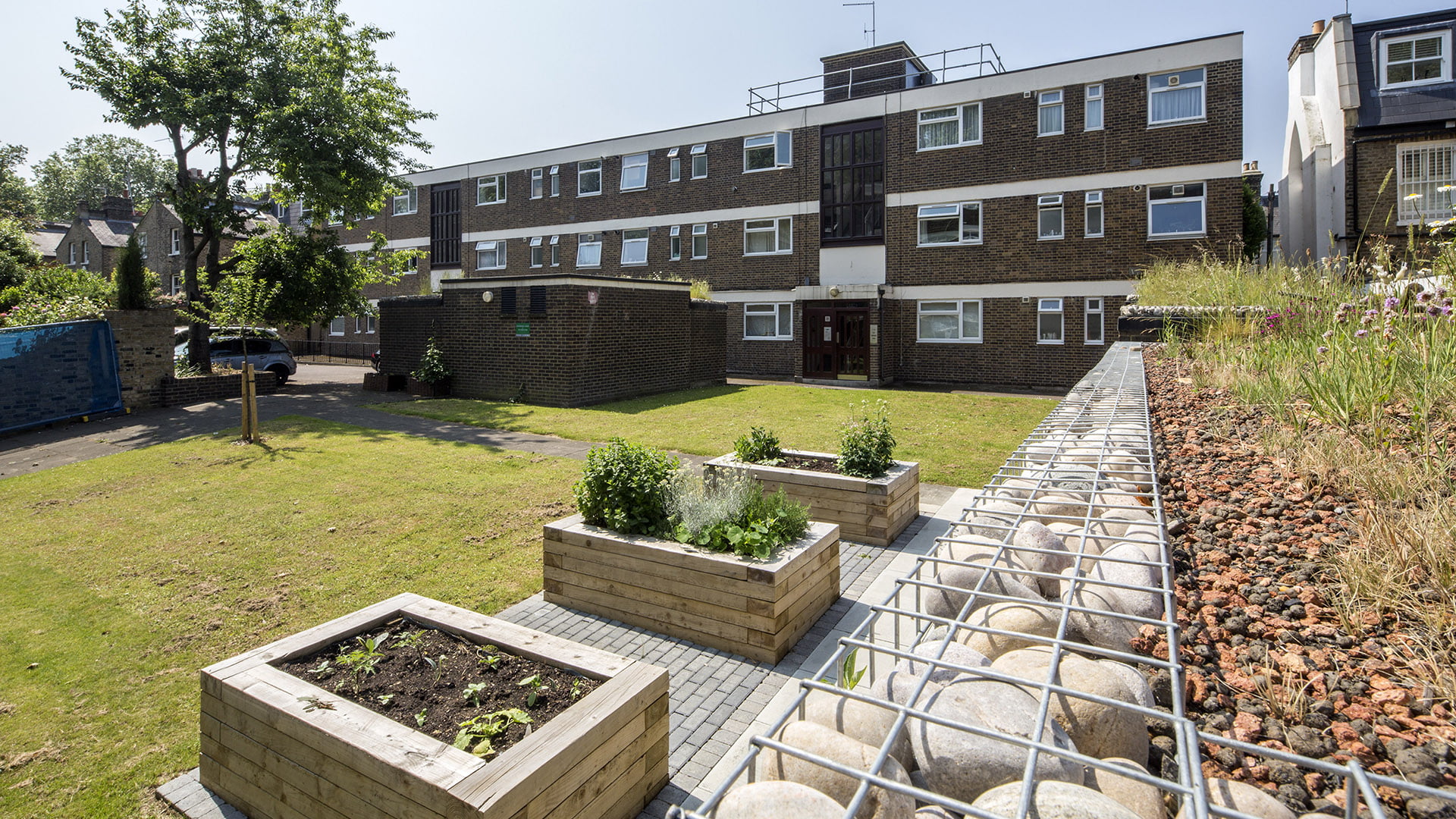
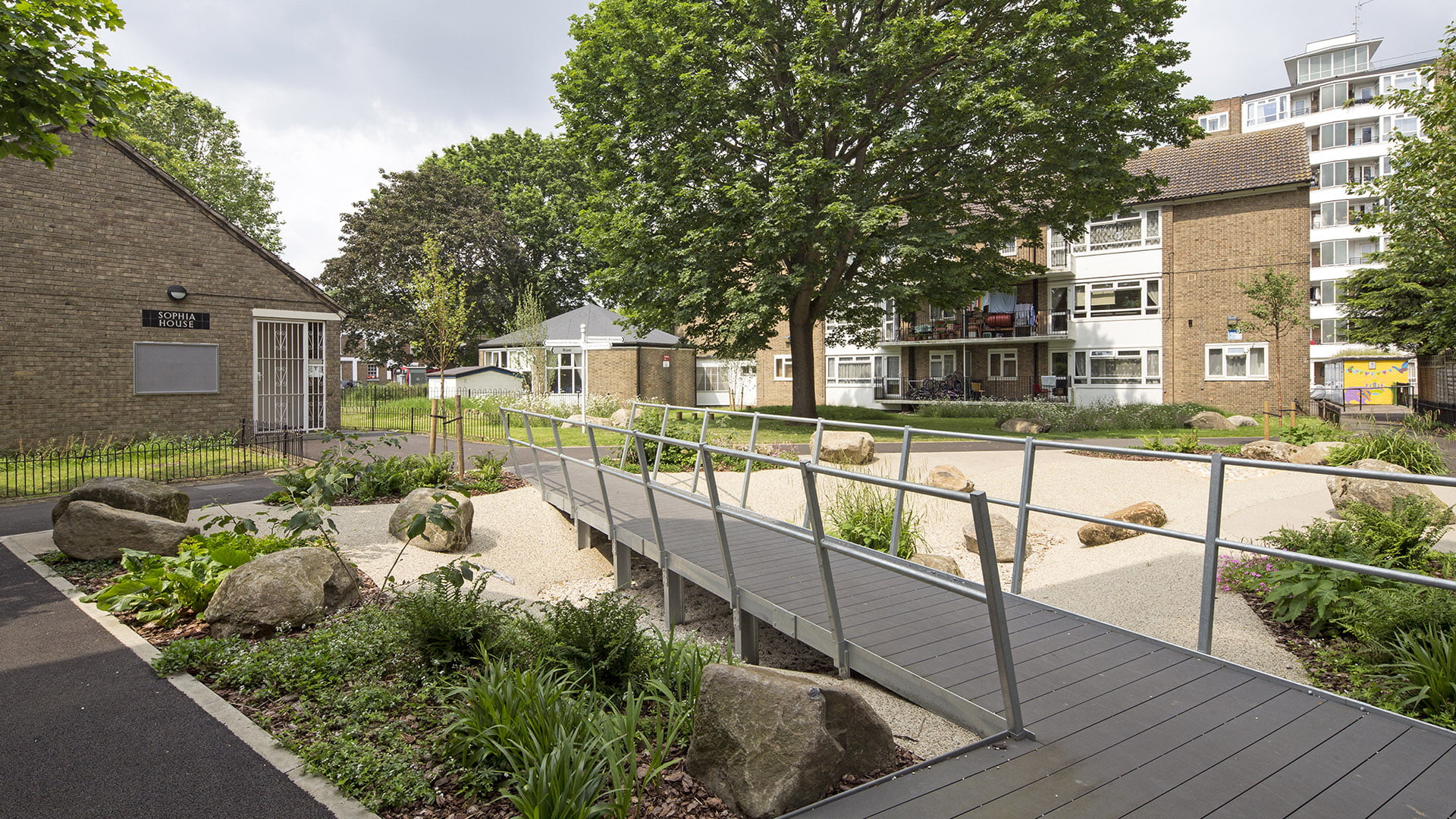
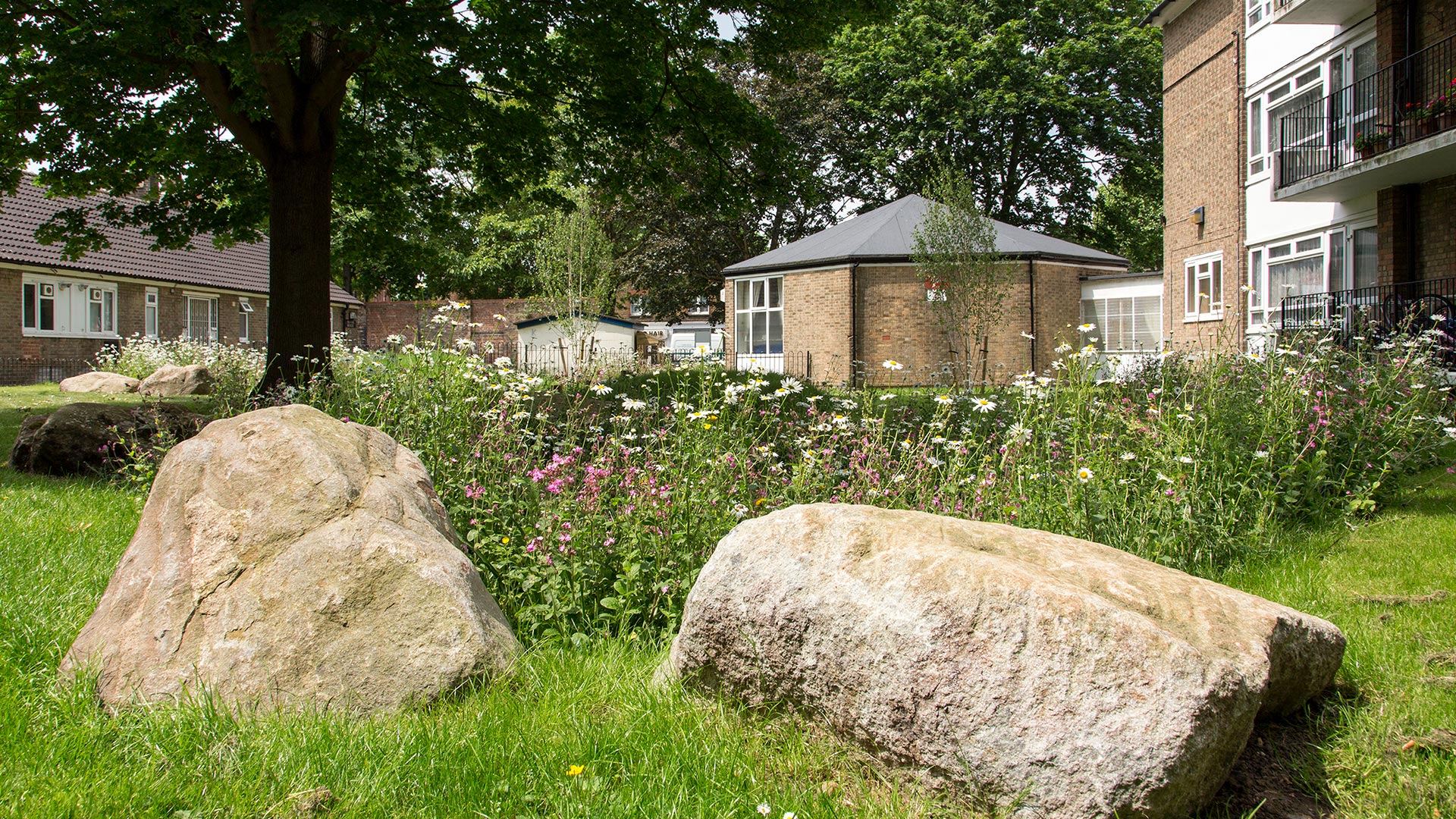
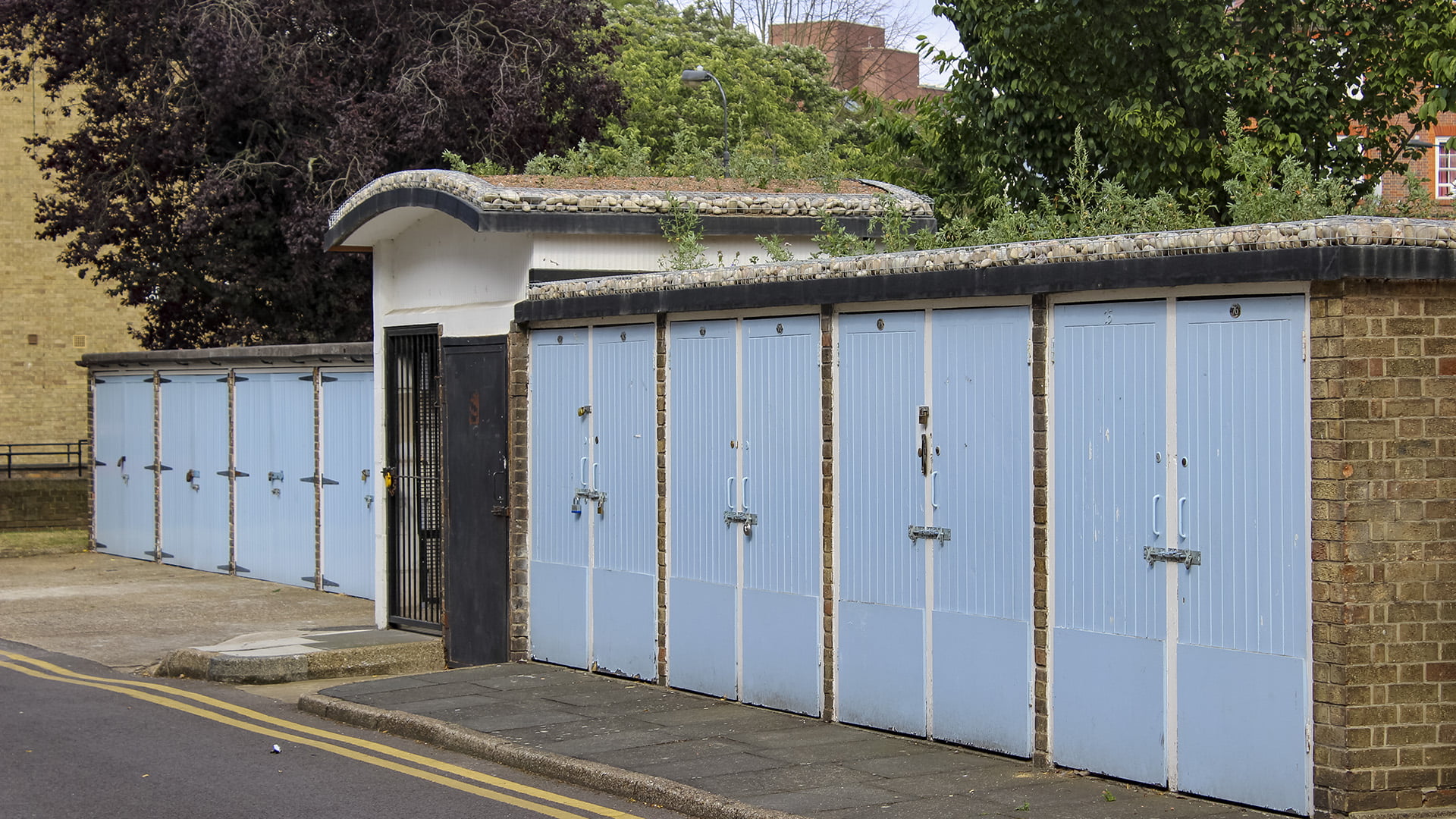
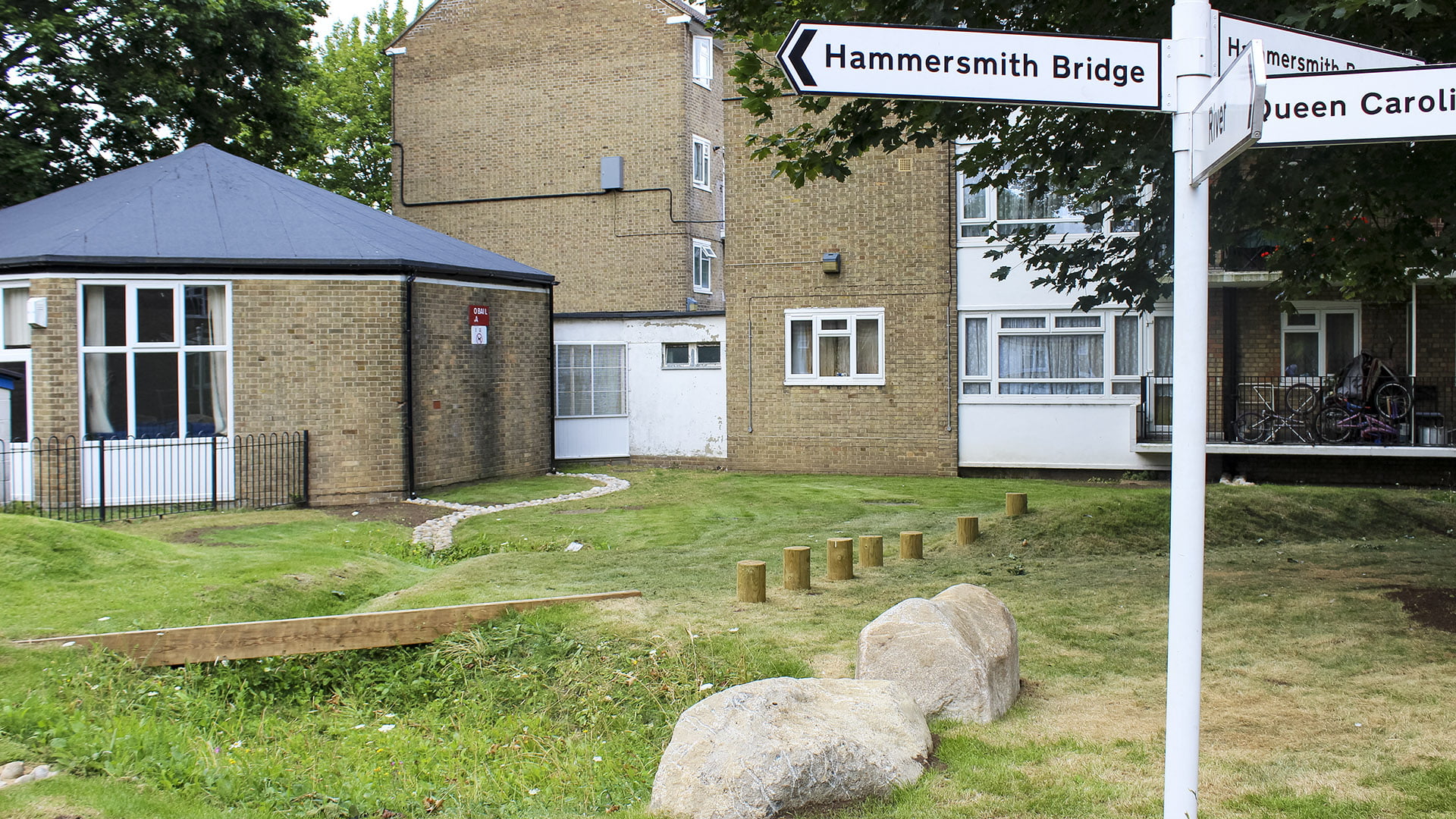

Design Solution
The climate change adaptation measures designed and installed were focused on green infrastructure principles and multifunctional solutions that provided environmental, social and economic benefits for the local communities.
The measures included large- and small-scale green roofs, Sustainable Drainage System (SuDS) rain gardens, swales and detention basins, a green wall (vertical rain garden), wildflower planting, raised beds and a mini-orchard. In order to ensure that lessons were learned from this process, to underpin the roll-out of similar schemes, it was vital that the benefits derived from these interventions were quantified.
Construction was undertaken in part by horticulture trainees – our Green Teams, bringing wider social benefits to the project.
Impact
The environmental performance of the SuDS was evaluated by the University of East London’s Sustainable Research Institute.
The evaluation confirmed that;
- the combined SuDS features diverting approximately 1,220,900 litres of rain water away from the combined sewer system;
- an average of approximately 80% of rainfall being absorbed by the small-scale green roof;
- a swale capturing, storing and infiltrating a 1 in 100 year simulated rain event even during the winter period when the ground would be expected to be more saturated;
- a total of 57 species of wildflower and grasses on a single green roof;
- an approximately 40% reduction in temperature on a green roof compared to a control roof on a hot summer day
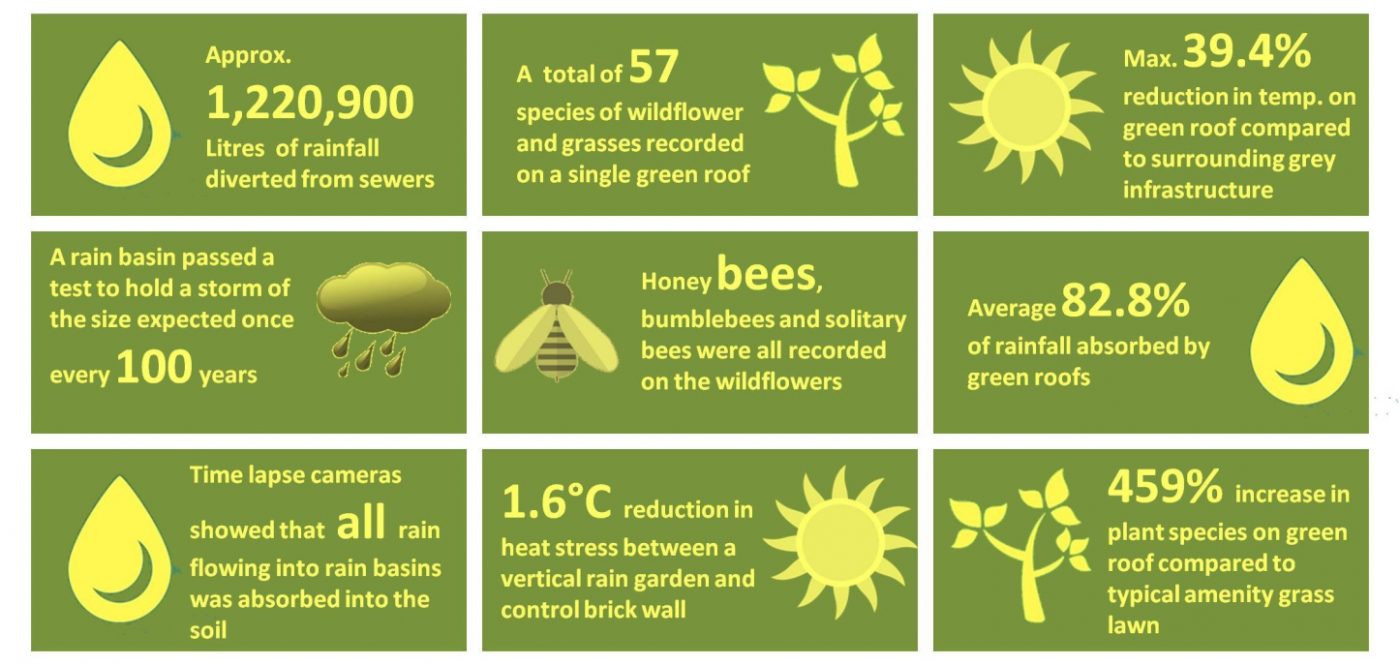
In recognition of the project’s innovation the design team was awarded the 2015 Sustainable Water Industry Group (SWIG) award in the Urban Greening category.
LINK to http://www.sustainable
The schemes on all three estates received an enthusiastic response from residents, who appreciated both the increased flood resilience and the other improvements including, improved access, informal play-spaces, food growing planters, attractive green spaces and the increased sense of community and pride in their neighbourhoods.

